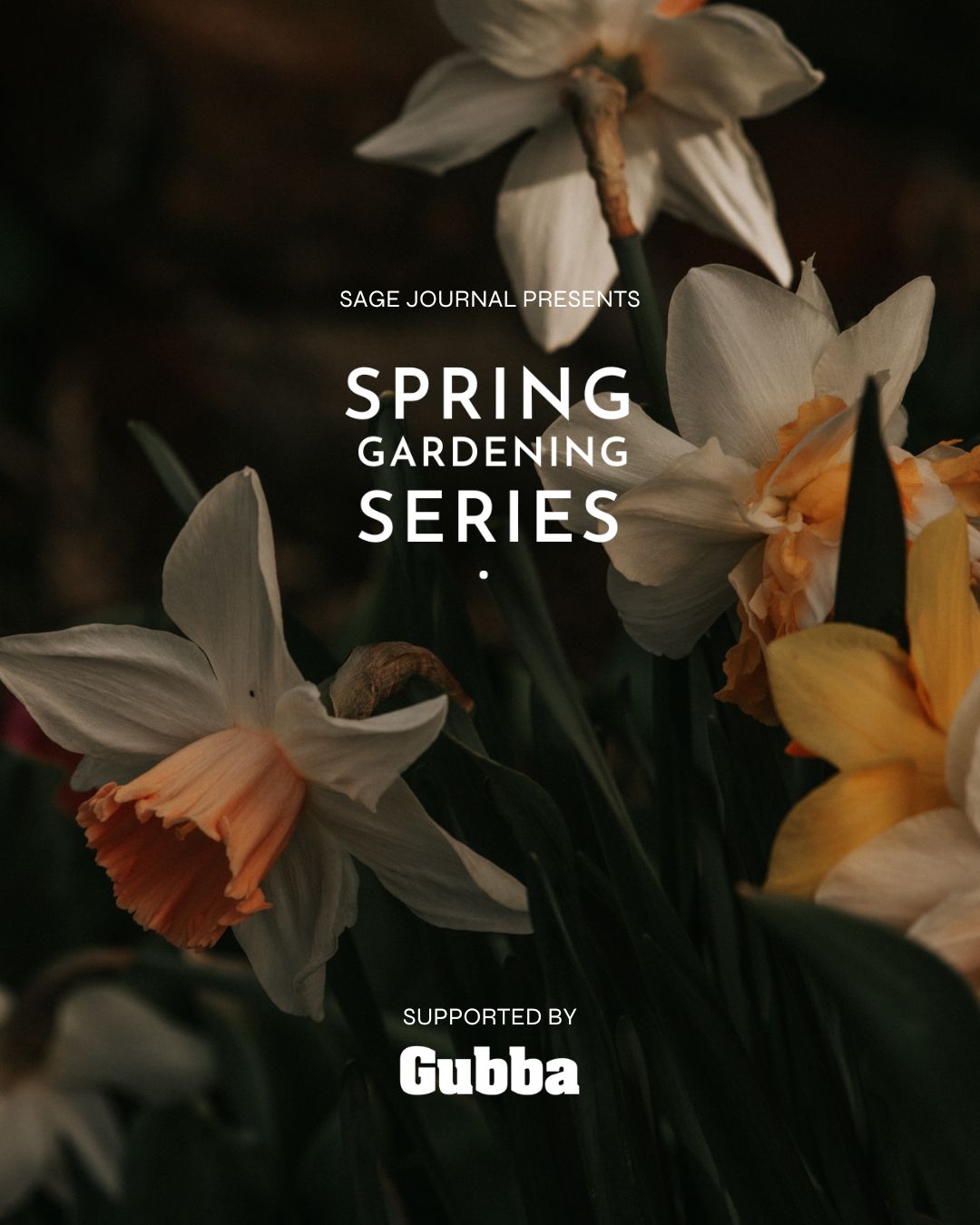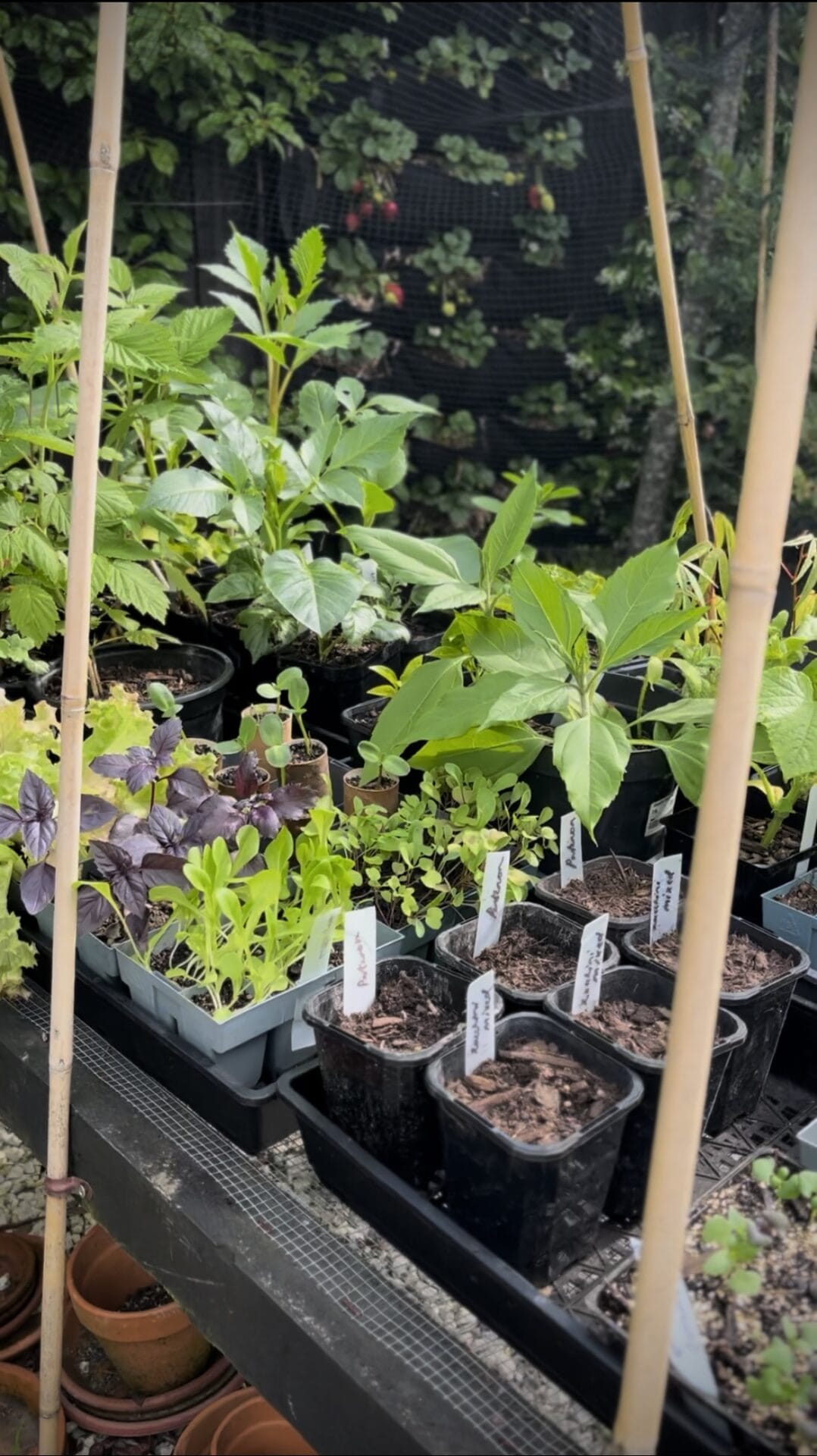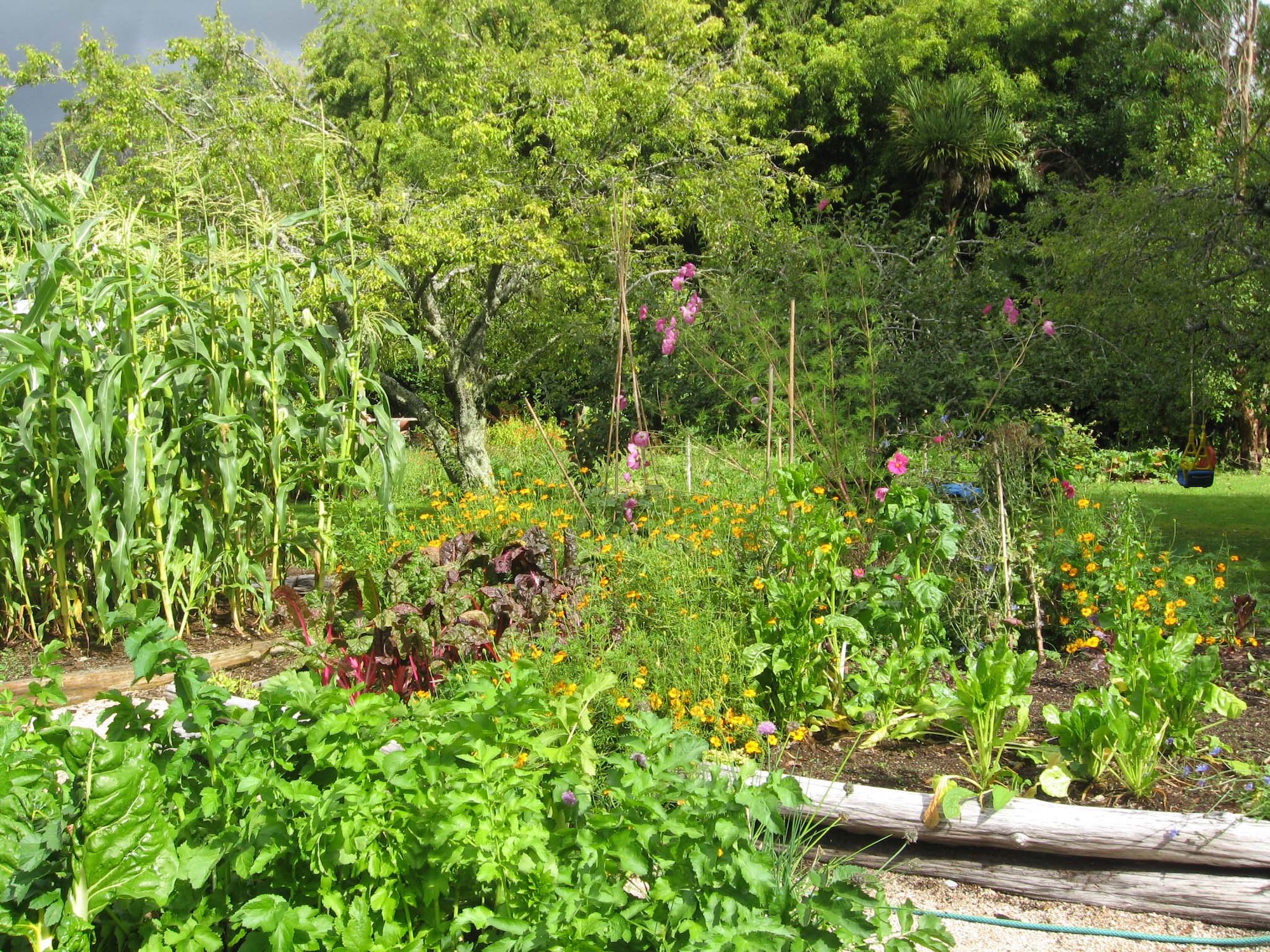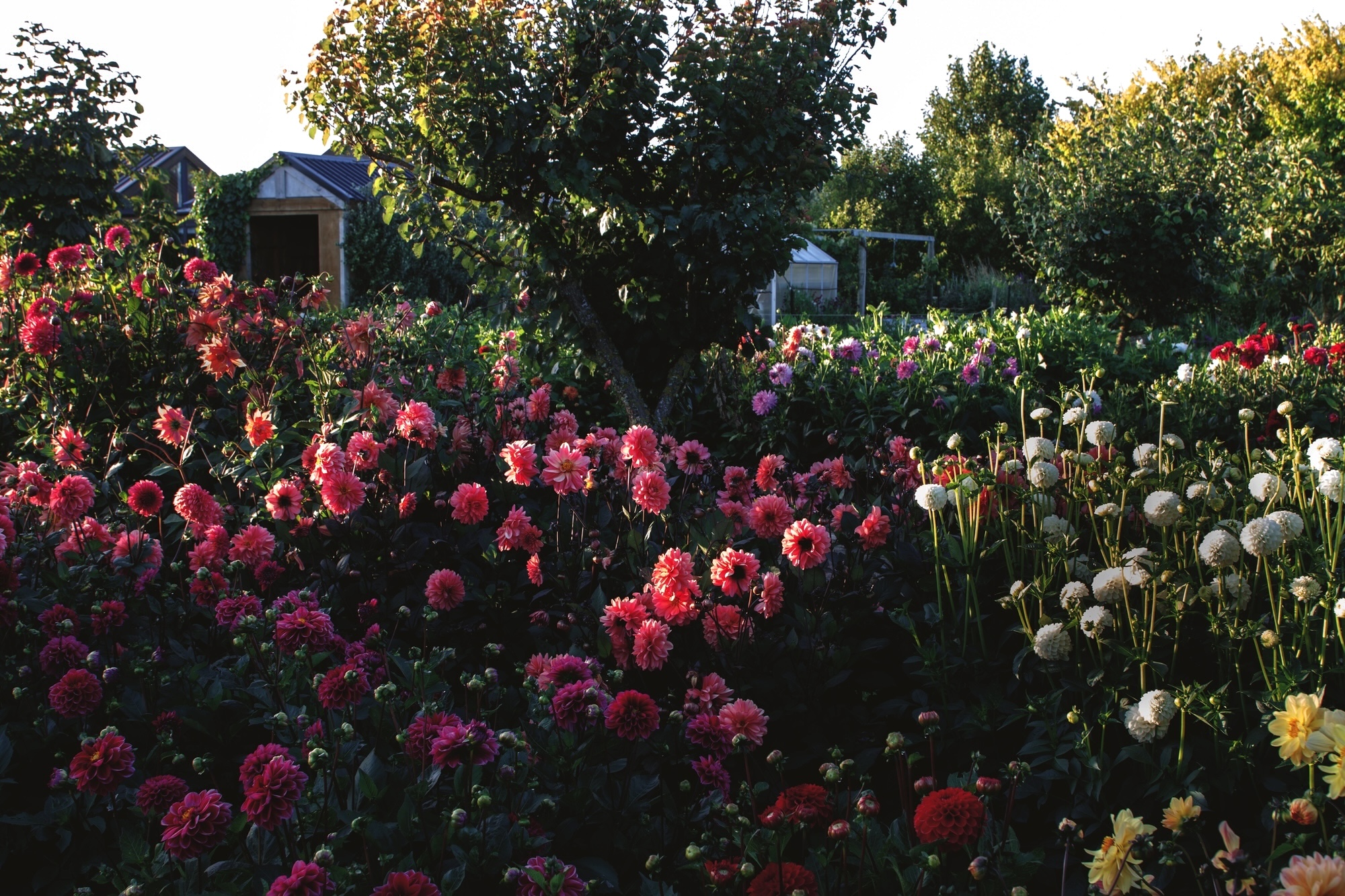Your cart is currently empty!
Maximising your garden | Springtime succession sowing, companion plants & vertical gardening
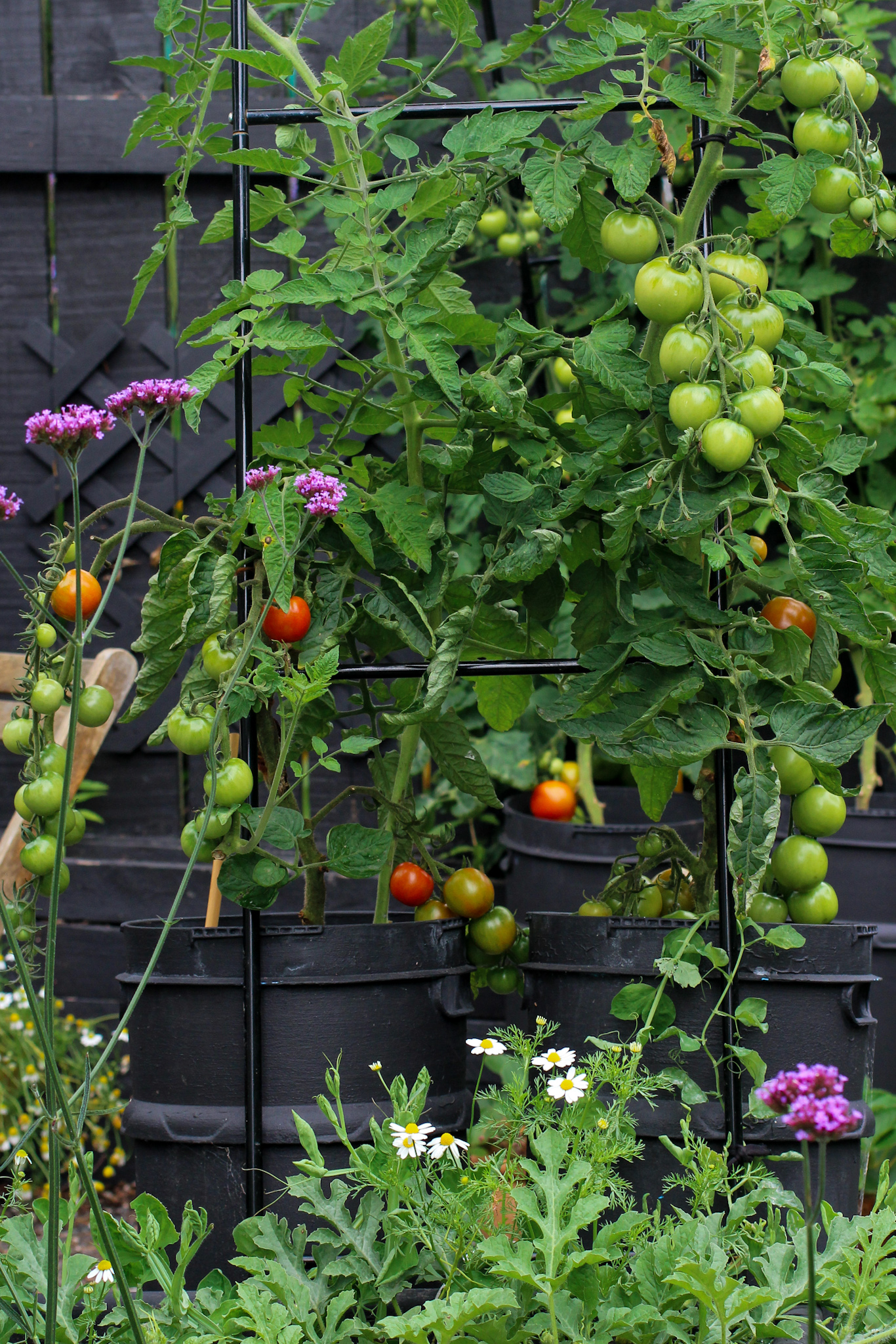
Maximising your garden | Springtime succession sowing, companion plants & vertical gardening
How to maximise your vegetable garden in the final month of spring for abundant summer harvesting…
Words & images by Elly Keen (@daydream.green)
The 2025 Spring Gardening Series is supported by Gubba Garden Store.
Our final month of spring is a delight in the garden as we are finally rewarded for all our hard work earlier in the year. In your vegetable garden, if you were seed sowing during winter, you should be enjoying lots of harvests already, and your ornamental gardens should be receiving the first flush of hardy annual flowers.
This week, Elly shares with us how to maximise your garden in the final month of spring through succession sowing, companion plants and vertical gardening…
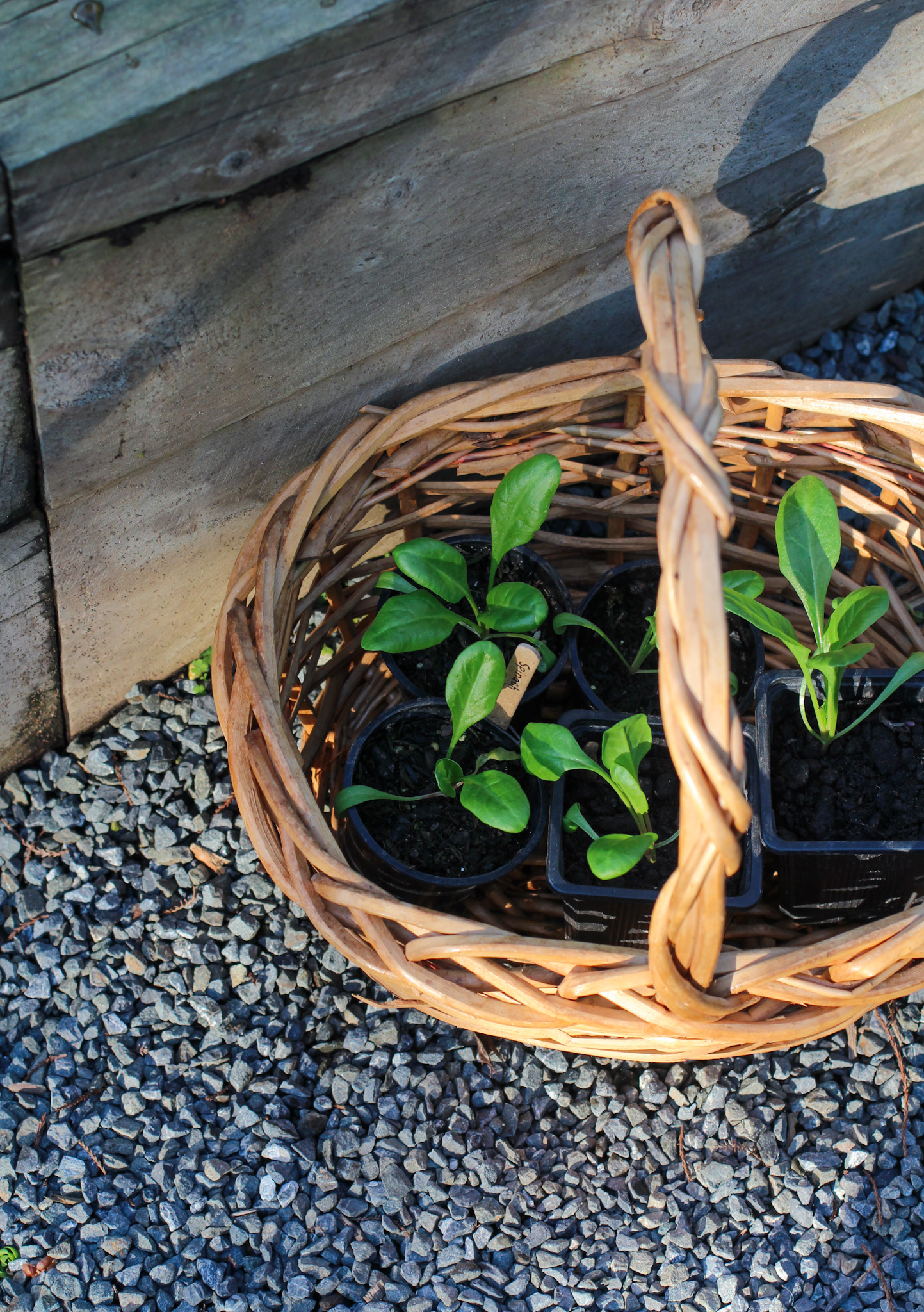
Spinach seedlings ready for transplant
Succession sowing for continued harvests
November is a key time for succession sowing, particularly for summer vegetables and flowers. Succession sowing is the process of planting crops in intervals to ensure a steady supply throughout the growing season. It’s an easy way to maximise your harvests without overwhelming your space.
What to sow now:
- Lettuce & spinach: Sow every few weeks to ensure a steady harvest. These quick-growing greens will bolt in the hot sun, so direct sow under the cover of larger vegetables such as zucchini or protected behind trellised beans / peas to give them the longest life.
- Radishes & carrots: These root vegetables grow best when sown in intervals. Radishes are a great quick crop, while carrots will take longer to grow. Sown now, you will expect to harvest come autumn. The key to successful germination with carrots seeds is to cover with cardboard until sprouted as this keeps the soil consistently moist, preventing the seeds from perishing in the hot sun.
- Climbing beans: Direct sowing into the garden works best as they don’t like to be transplanted. Bean seeds can be sown in toilet rolls for easier transplanting or directly into the ground once the weather warms up.
- Potatoes: You may have already planted potatoes for Christmas, but sowing another round now will result in a bumper crop. Grow bags (Gubba discount code) are a good way to grow potatoes when limited space is an issue.
- Cucumbers, zucchini, & tomatoes: If you live in a humid area prone to fungal diseases like powdery mildew, consider sowing a second batch of these crops now. This can help prevent issues later in the season by ensuring that healthy plants take over when needed.
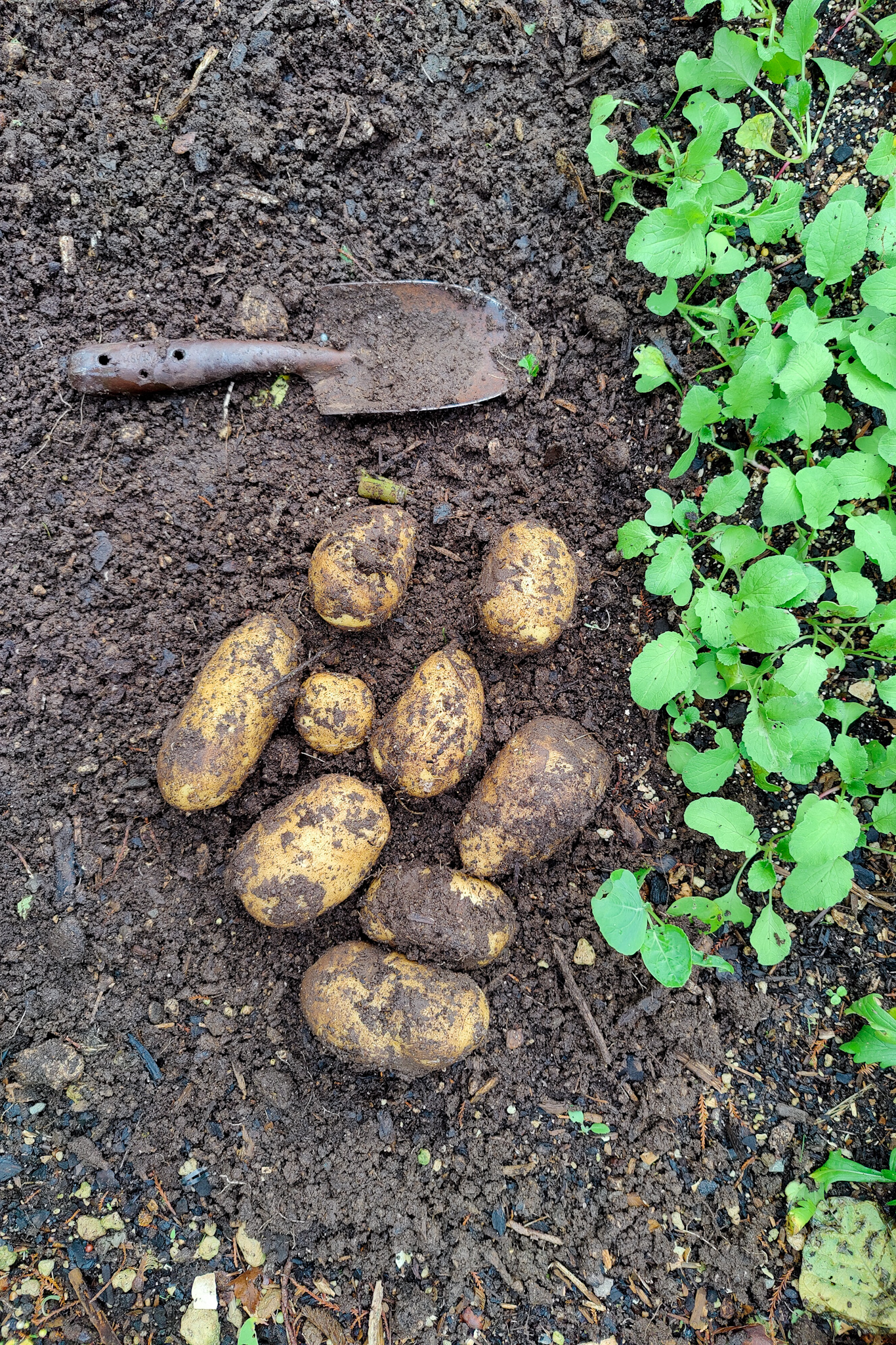
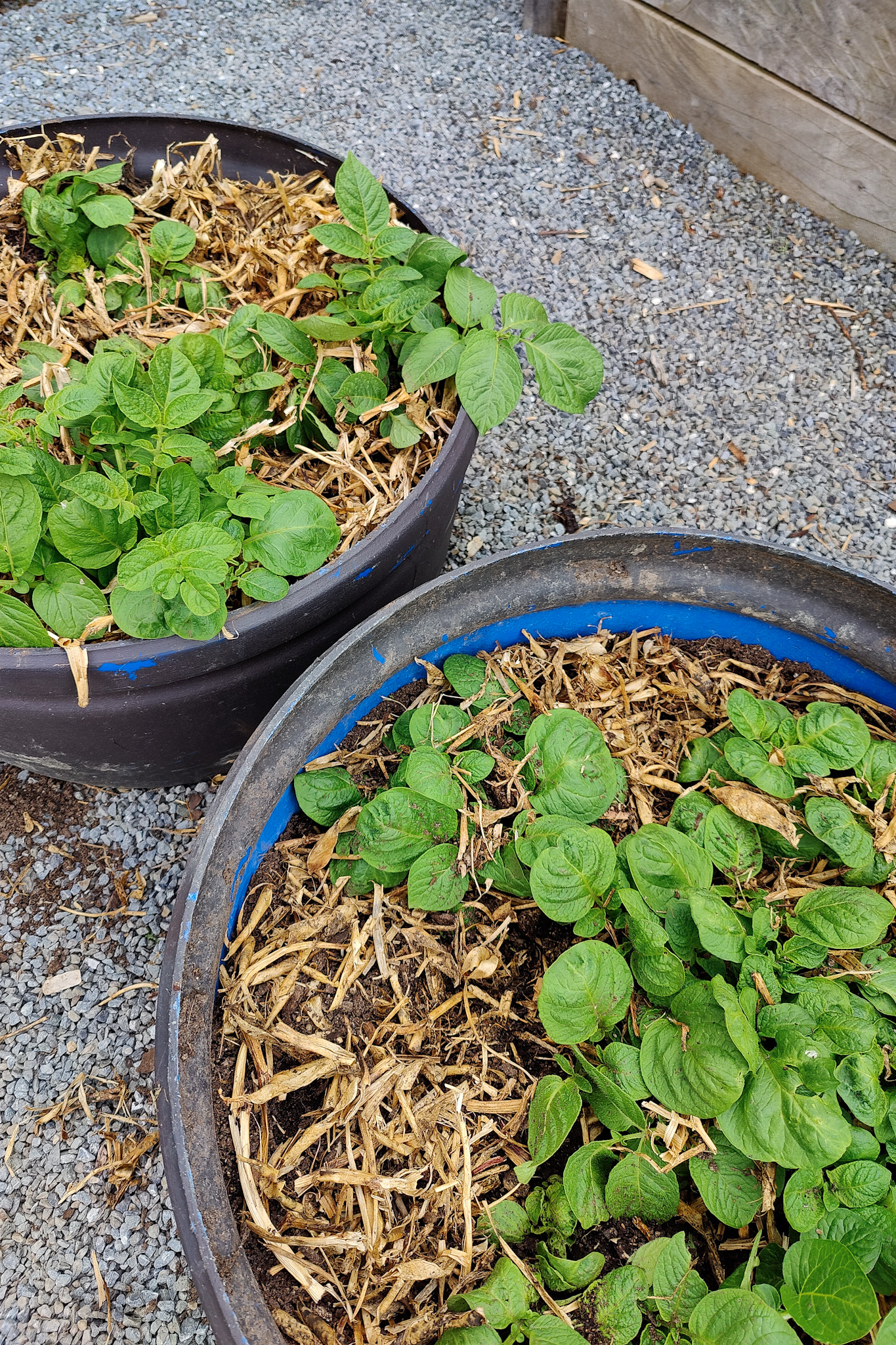
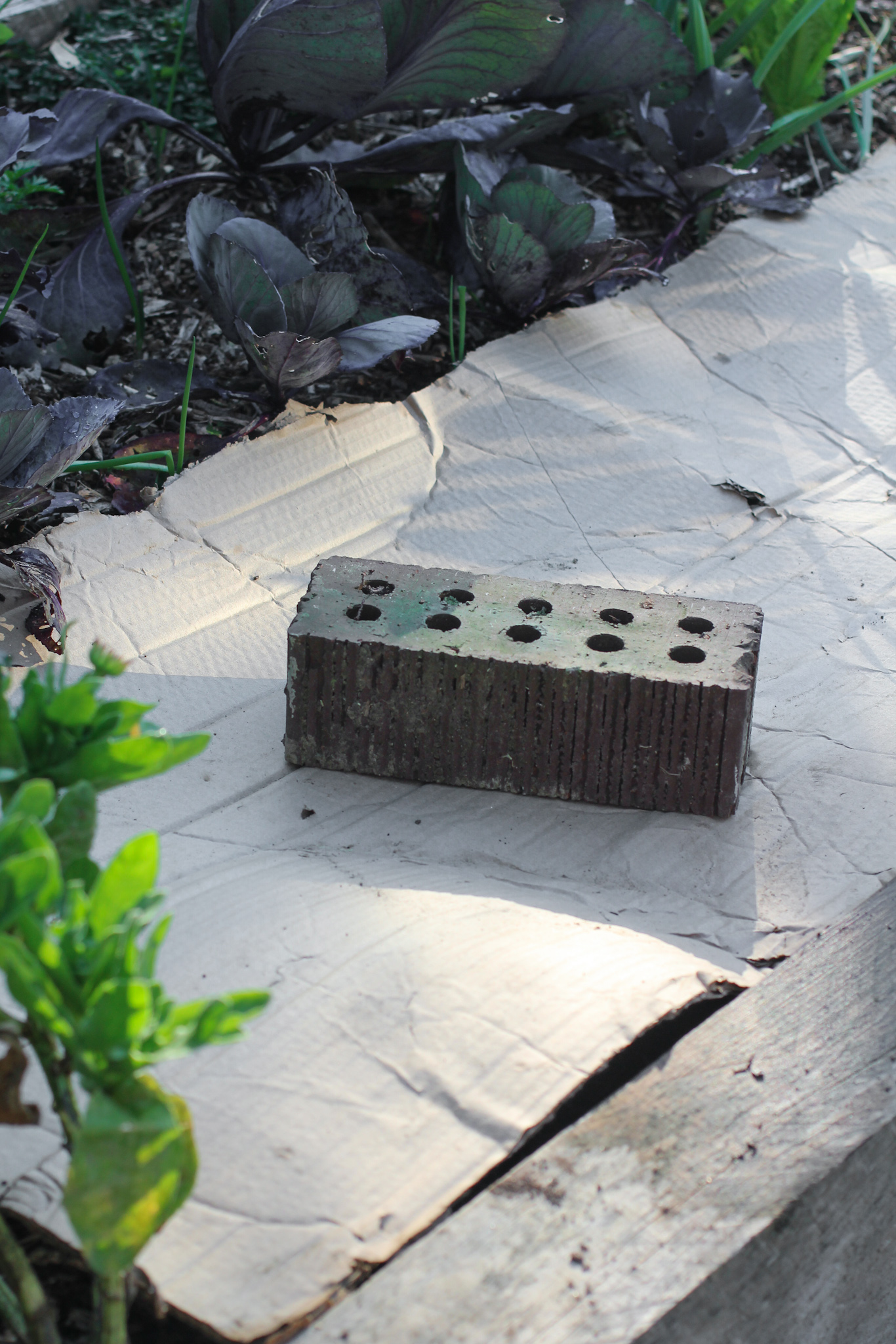
Cover carrot seeds with cardboard to prevent seed drying out
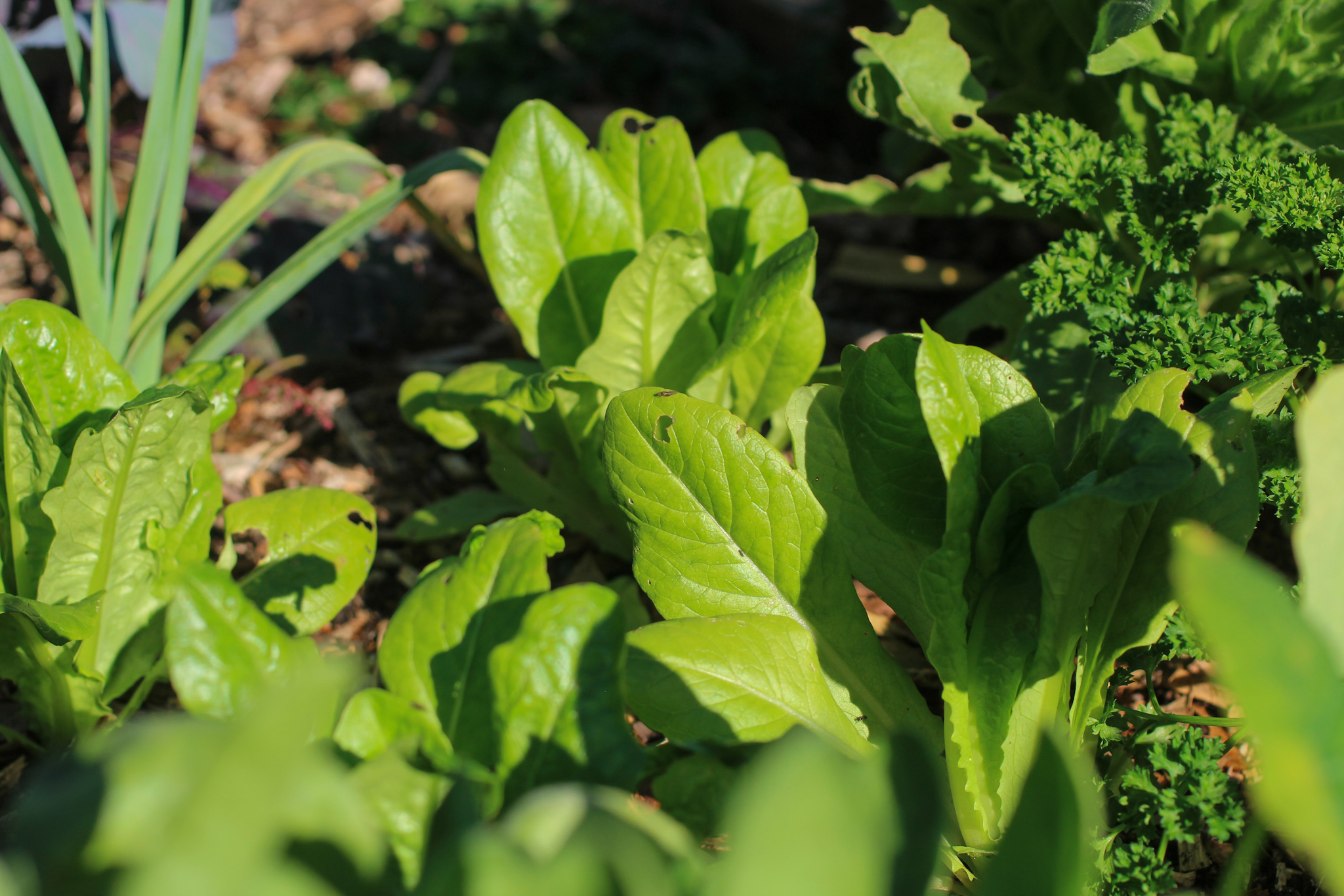
Plant ‘Little Gem’ lettuce under large plants to prevent bolting in hot sun
Companion planting
Companion planting is the practice of combining vegetables, herbs and flowers to increase plant health, encourage pollination and repel pests. When planning your mid-November sowings, consider how your plants can work together to boost growth and keep your garden healthy throughout the summer.
Companion flowers to consider:
- Nasturtium: This trailing flower is a versatile companion, acting as both a ground cover and a trap crop. Nasturtiums attract pests like aphids and whitefly away from your more valuable crops, keeping your vegetables healthy.
- Calendula: Another trap crop, calendula is excellent at attracting aphids and beneficial insects like ladybugs. Its medicinal properties are a bonus as you can harvest and dry to use in teas or salves.
- Hyssop: A great flower for small spaces, hyssop attracts bees and other pollinators, helping to boost pollination in your vegetable garden. It’s also compact and won’t take over your limited space.
More flowers for small spaces: Chamomile, cornflower, marigolds, poppies, Salvia horminum (annual clary sage).
Herbs to add to your garden:
Herbs are incredible, powerful plants to include in your potager garden. Most have beautiful flowers and make the most excellent companion plants. Don’t fret or cut them back as soon as they bolt – instead leave them to flower and self-seed which will extend the interest, continue its life cycle and help to attract beneficials.
All herbs are good herbs, however, beware of the mint family as they can be invasive and spread vigorously if planted in the ground. Rather, try to grow them in large tubs or pots to control their spread.
Herbs to plant now: Thyme, oregano, basil, chives, dill, rosemary

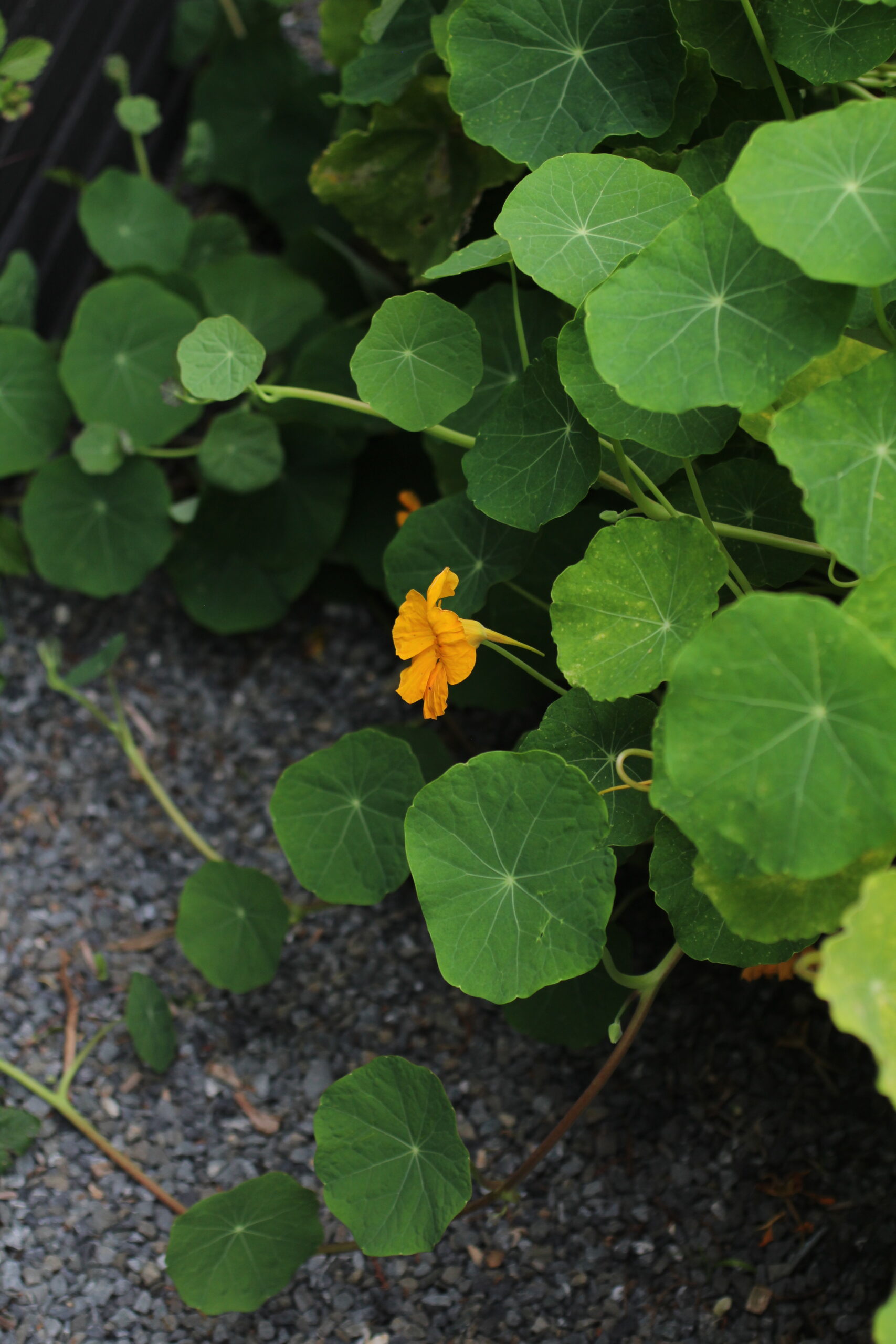
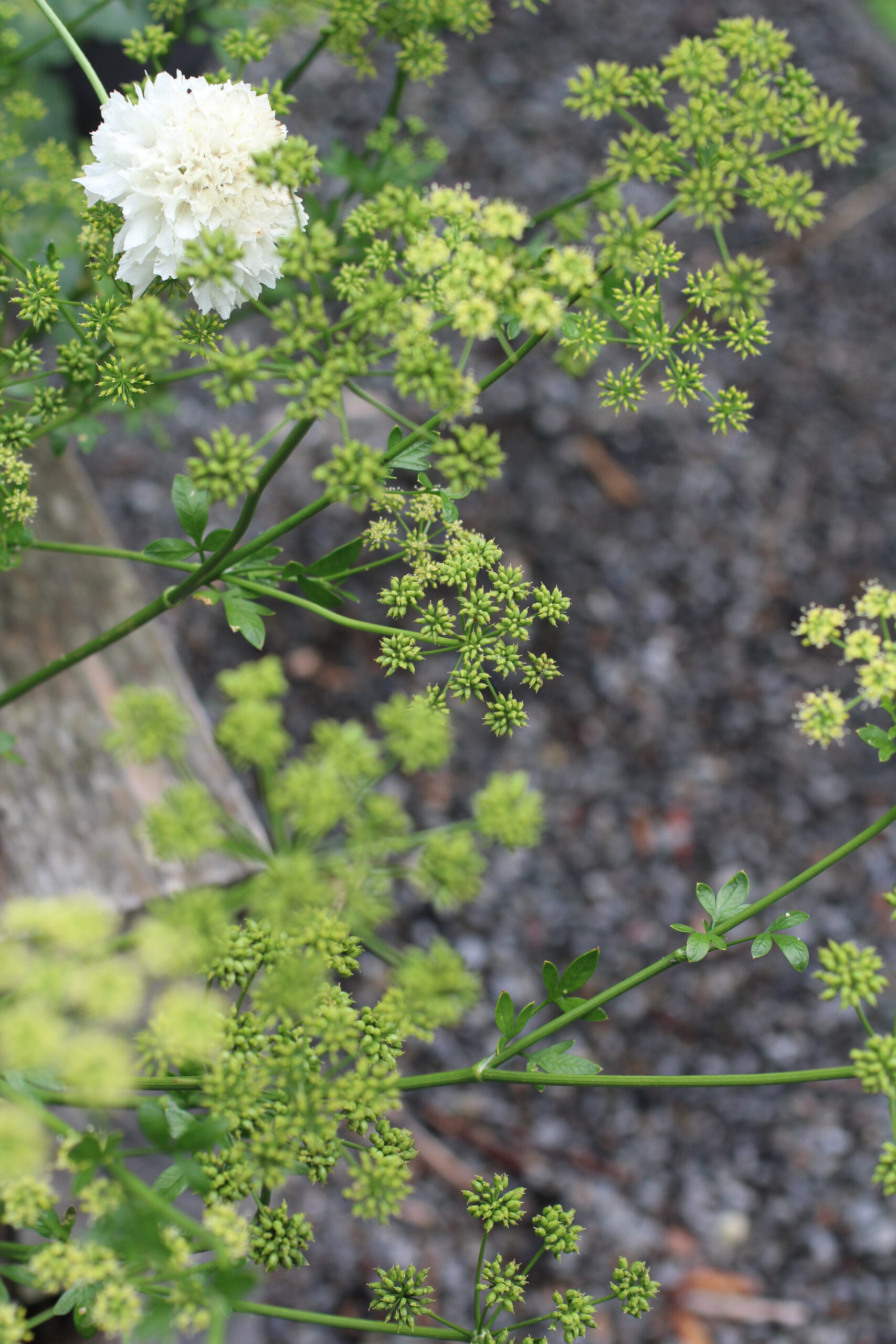
Vertical gardening
Vertical gardening is an absolute game-changer, especially when it comes to maximising space in a small garden. The time is now to erect your structures before your vegetable plants become too large and risk being damaged in the spring winds.
Tomato cages or obelisks can be purchased new for a more polished and modern look. If you like something a bit more cottage garden style, then teepees and arches can be fashioned using bamboo and even old bedheads or ladders can be upcycled as climbing structures.
Summer vegetables to grow vertically: Tomatoes, cucumbers, climbing beans, pumpkin, summer squash (scallopini), watermelons
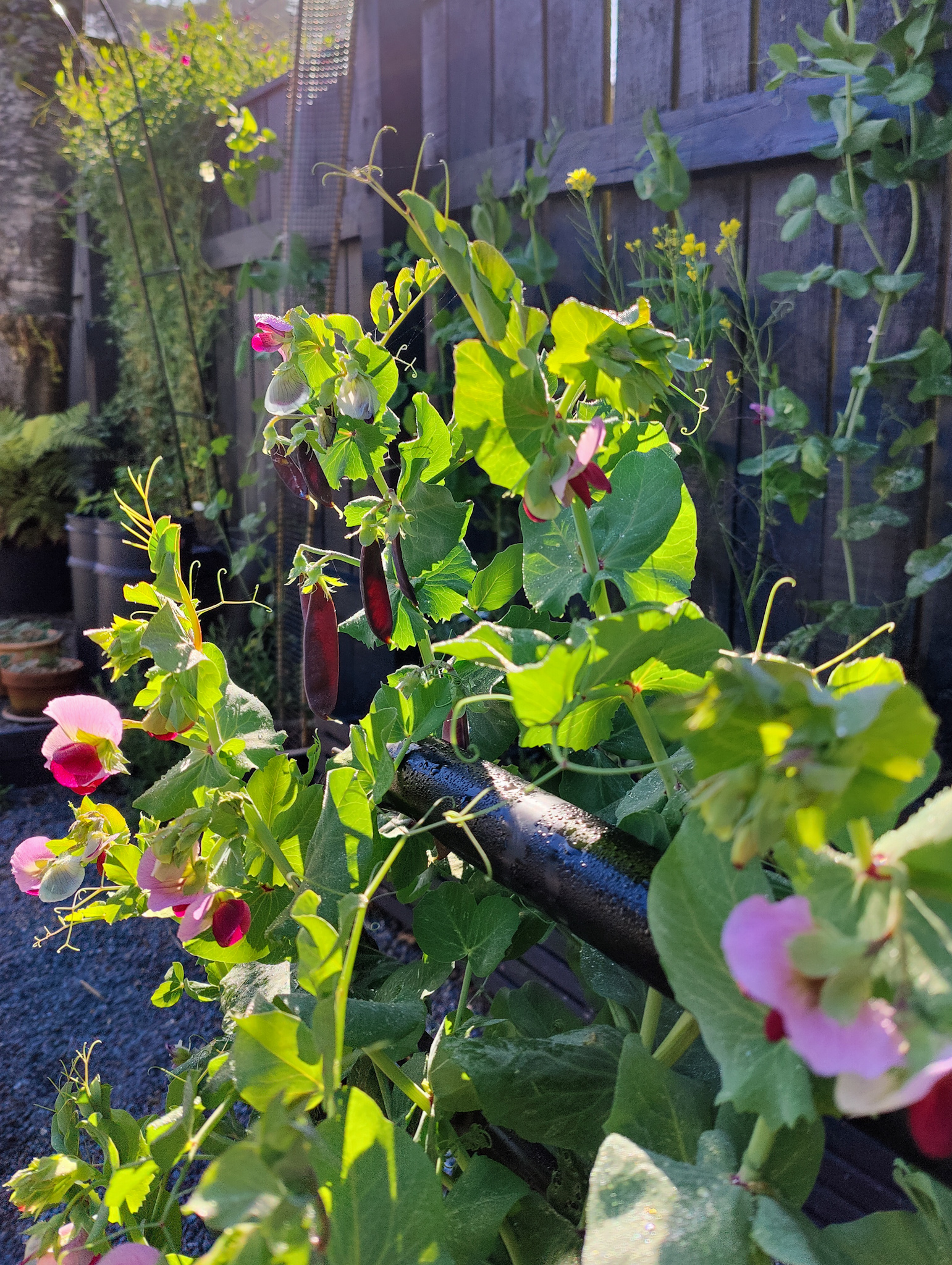
Bedhead climbing structure
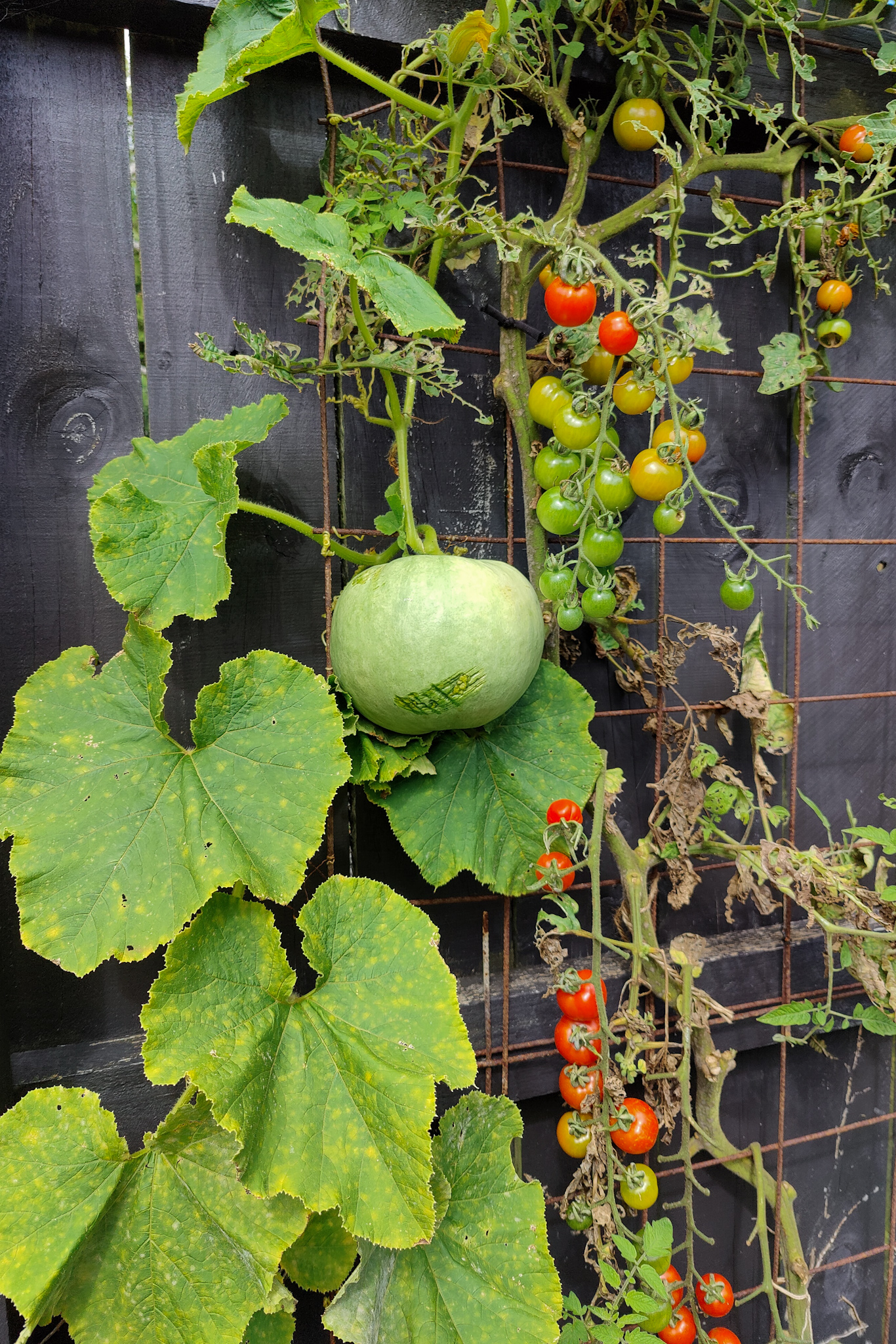
Grow pumpkins and tomatoes vertically

Filling the gaps
Now is the time to fill in the gaps with smaller plants that don’t require as much space. These “gap-fillers” can be directly sown into the remaining spaces in your garden, helping to make the most of your available planting area.
Great gap-fillers for summer:
- Leafy greens: Things like buttercrunch lettuce and rainbow silverbeet don’t mind a little shade from taller plants, and they’ll happily grow beneath them.
- Dwarf beans: Dwarf beans are another good plant that can be directly sowed into position and left to fill pockets along the edge of the bed. These don’t take up much room at all as they will spill out over the sides – just don’t be expecting to harvest loads from these. I prefer the taste of bush beans but planting in tandem with more prolific runner beans is a must for me.

What to sow in the flower garden
This month I am finally sowing zinnia because, like beans, they prefer the warm conditions and are fast growing. These can be direct or tray sown depending on your preference.
Just remember that zinnia need darkness to germinate so make sure to adequately cover the seed.
Succession sowings of cosmos, sunflowers, amaranthus, gomphrena, celosia, asters, statice, strawflowers, phlox and scabiosa are all happening for my cut flower garden early this month too.
—
Consider the season and plant requirements
If you are new to gardening, pay attention to what plants thrive over the summer and which prefer the cooler season. Brassicas typically are a no-go during summer, as they are aphid and white butterfly magnets and require netting which can be difficult if growing in a small garden with limited space.
At the opposite end, heat-loving crops like peppers and chillies love the summer and grow best in a very hot climate or a greenhouse. The end of spring is the final chance to get your garden prepared for the summer growing season. By focusing on succession sowing, companion planting, vertical gardening and filling in the gaps, you can create a diverse, productive garden that maximises your space and ensures a thriving summer harvest.
—
More late spring related articles:
— Filling gaps with annuals in your ornamental garden border
— How to propagate plants from cuttings


